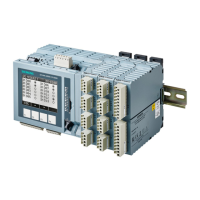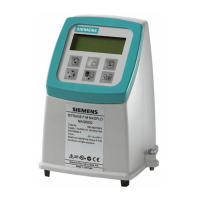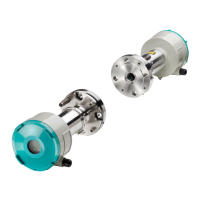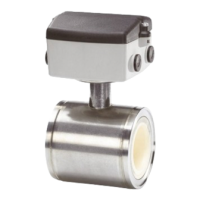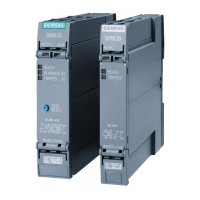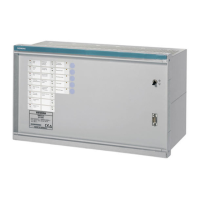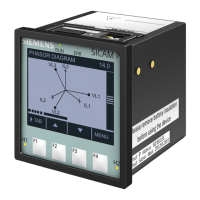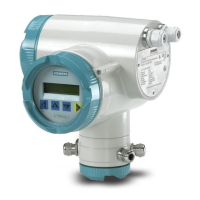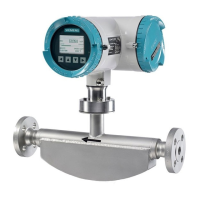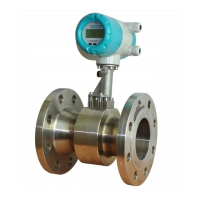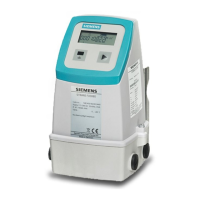Check the tightness of the containment system periodically at least once a year. The
procedure is described in the section "Checking gas paths for leaks (Page68)".Perform
additional tests of tightness particularly prior to the introduction of ammable sample gases
after all installation and maintenance work.
2.5.2.2 Safety measures for all types of protection
The exhaust lines for the sample gas and reference gas must terminate outside the hazardous
area at a harmless position.
The sample gas exhaust line can also be returned to the sampling point.
See also
Technical data (Page87)
Checking gas paths for leaks (Page68)
WARNING
Unstable plug-in connections
Plug-in connections without interlock can loosen and fall out. Operation in explosive
atmosphere can cause an ignition.
• Secure plug-in connections using the applicable means provided.
2.5.2.3 Type of protection "Ex p"
For gas/air mixtures above the lower ammability level (LFL), infallible containment system is
not guaranteed in the sense of ENIEC60079-2 and ENIEC60079-14, for the sample gas can
penetrate the pressurized enclosure via leakages (e.g. O-rings). However, the release of sample
gas can be assessed as limited. The maximum quantity released is assured by the quality
assurance measures of the manufacturer when the analyzer is delivered.
In order to minimize or avoid the accumulation of gases in the enclosure, Ex p devices are
purged continuously with a protective gas (purging gas). Inert gas or air is chosen as the
purging gas.
During the pre-purging phase, before the device is switched on, the purging gas ows
through the enclosure in order to remove any ammable gases that may be present. During
the operating phase the purging gas continues to be fed into the enclosure. This dilutes any
sample gas released through leaks so that an explosive gas mixture cannot arise.
Safety notes
2.5Use in hazardous areas
SIPROCESS GA700 rack and wall mounted devices
20 Compact Operating Instructions, 06/2023, A5E35134047-AB

